Lesser marbled fritillary (Brenthis ino)
Lesser Marbled Fritillary (Brenthis ino)
The Lesser Marbled Fritillary is a medium-sized, graceful butterfly belonging to the family Nymphalidae (the brush-footed butterflies). Although not as well-known as some of its larger fritillary relatives, it is admired for its delicate marbled wing pattern and its preference for moist, flowery meadows and forest edges.
🦋 Identification
- Wingspan: 38–48 mm
- Upperside:
- Orange background with black spots and markings, typical of fritillaries
- Compared to larger fritillaries, the pattern appears slightly more open and delicate
- Underside (hindwings):
- Beautifully marbled with cream, yellow, and pinkish-purple blotches bordered with silver or pale bands
- This marbling is key to identifying the species
- Males are slightly smaller and usually more intensely colored than females.
🌿 Habitat
- Prefers humid and semi-open habitats, including:
- Wet meadows
- Forest clearings and edges
- Marshes
- Riverbanks
- Often found in moist areas with abundant wildflowers, particularly near woodlands
🌱 Food Plants
Larval host plants:
- Specializes on Meadowsweet (Filipendula ulmaria)
- Occasionally found on Dropwort (Filipendula vulgaris) and related species
Adult nectar sources:
- Feeds on a variety of flowers, including:
- Thistles
- Knapweeds
- Marjoram
- Meadowsweet
🔁 Life Cycle
- One generation per year (univoltine)
- Flight period: June to August, depending on location and altitude
- Eggs: Laid singly on or near host plants
- Larvae:
- Hatch in late summer, overwinter in diapause (suspended development)
- Resume feeding in spring and pupate in early summer
- Chrysalis: Light brown with small projections, formed near the ground
🌍 Distribution
- Found across a wide range of Europe and into Asia, including:
- Scandinavia
- Baltic countries
- Central Europe
- Parts of Russia and Siberia
- Occasionally reaches into northern Mediterranean mountains
🛡️ Conservation Status
- IUCN Red List: Not globally threatened
- In some areas, it may face local declines due to:
- Wetland drainage
- Agricultural intensification
- Habitat fragmentation
- Conservation efforts focus on maintaining traditional hay meadows, wet grasslands, and forest edges.
🧬 Interesting Facts
- The marbled pattern of the underside is particularly striking when the butterfly is at rest with wings closed.
- Although generally not migratory, populations may move locally to find suitable wet habitats.
- Acts as a useful indicator species for healthy, flower-rich wetlands and meadows.
The Lesser Marbled Fritillary (Brenthis ino) may not be as bold as some of its larger relatives, but its delicate patterning and association with unspoiled meadows make it a treasured sight for butterfly enthusiasts and a symbol of well-preserved wetland habitats.
Visited 1,177 times, 3 visit(s) today
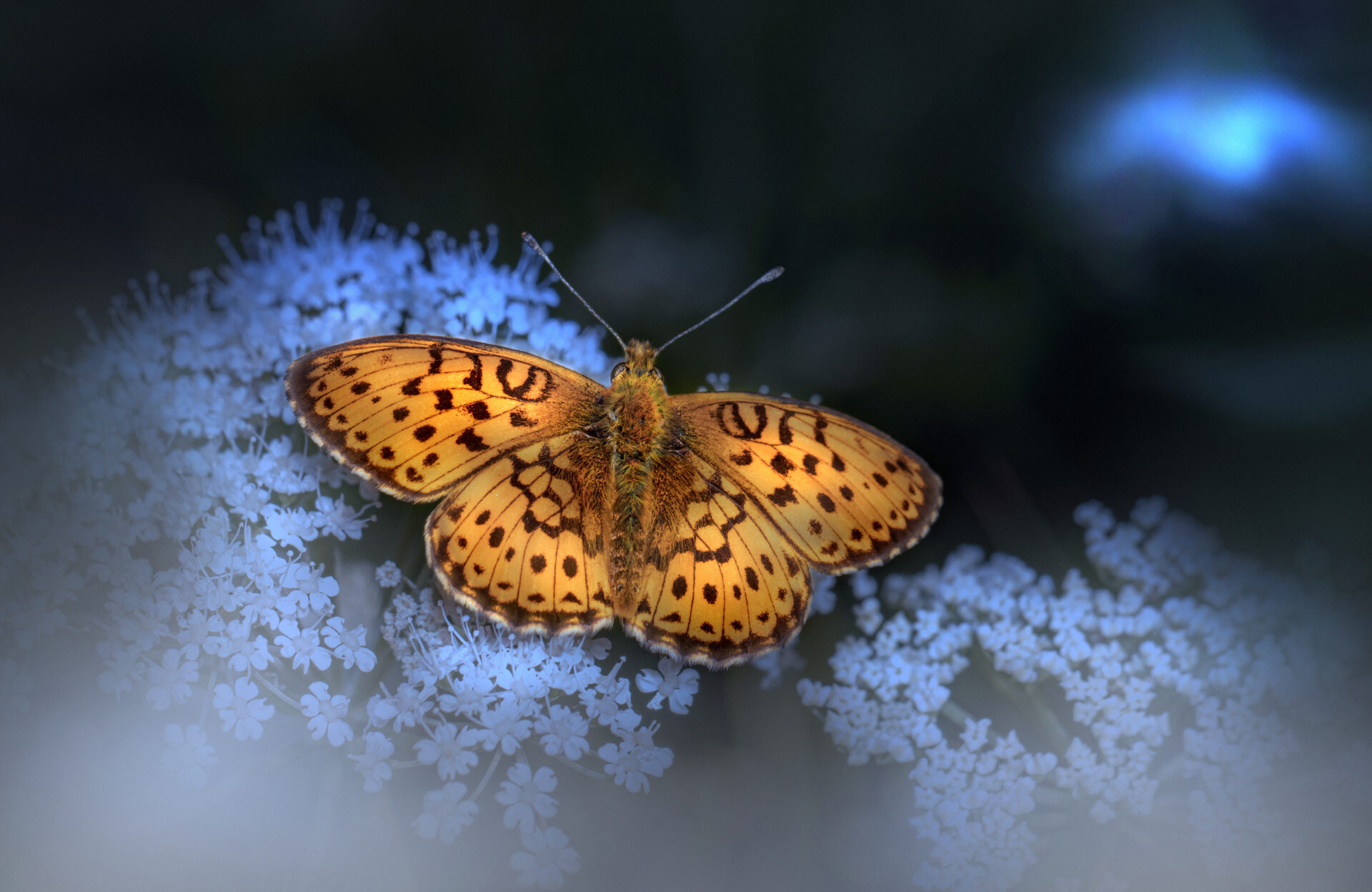
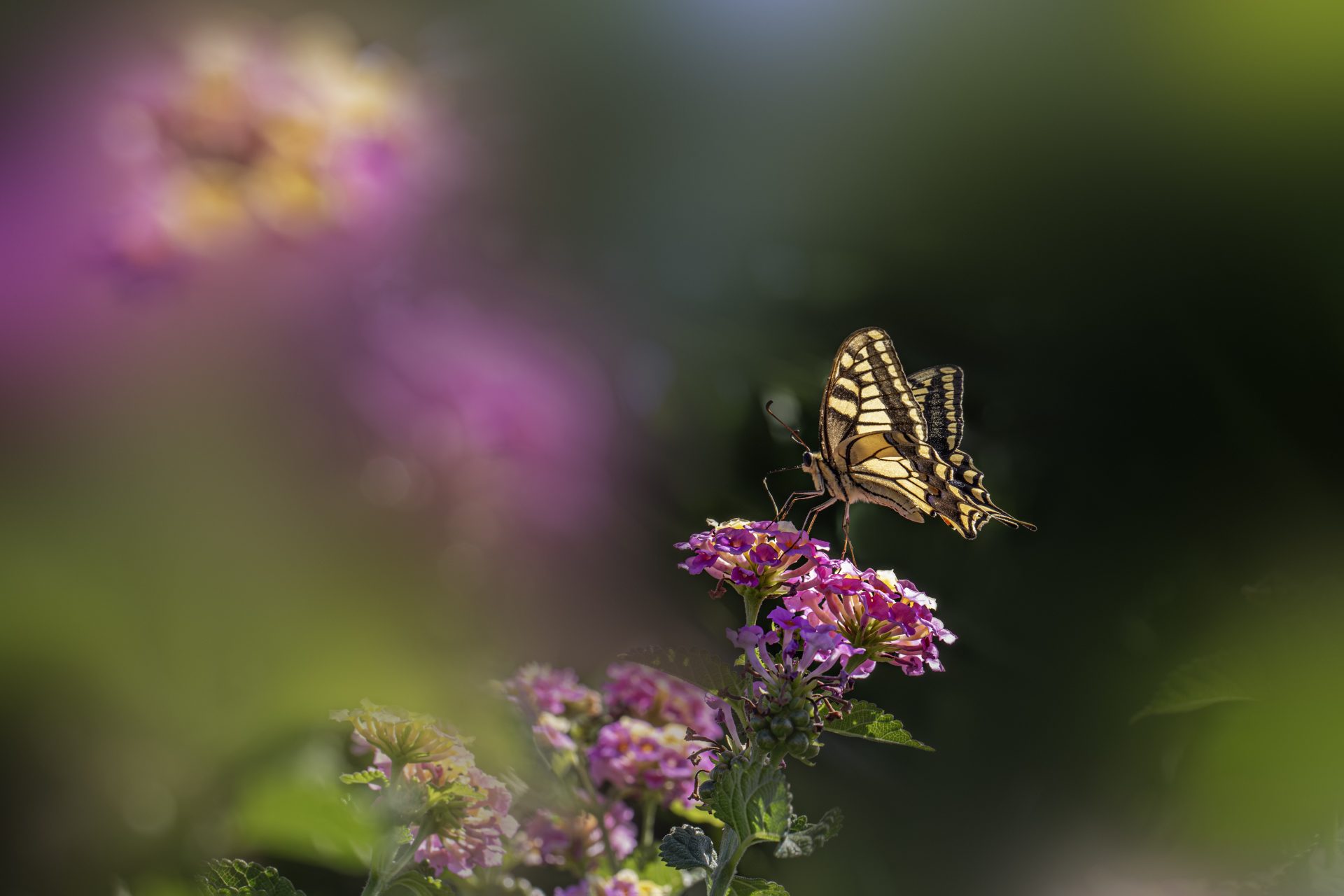
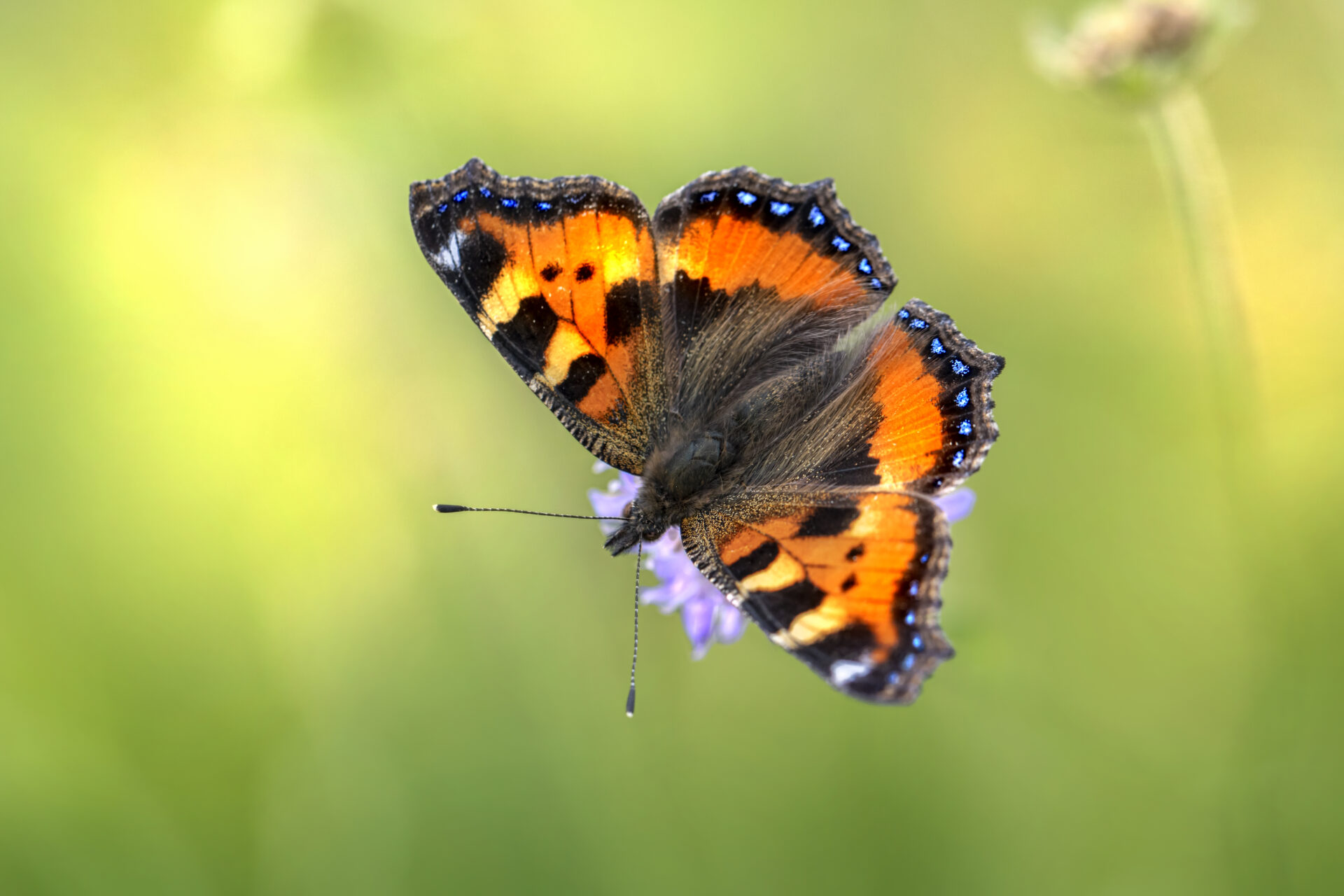
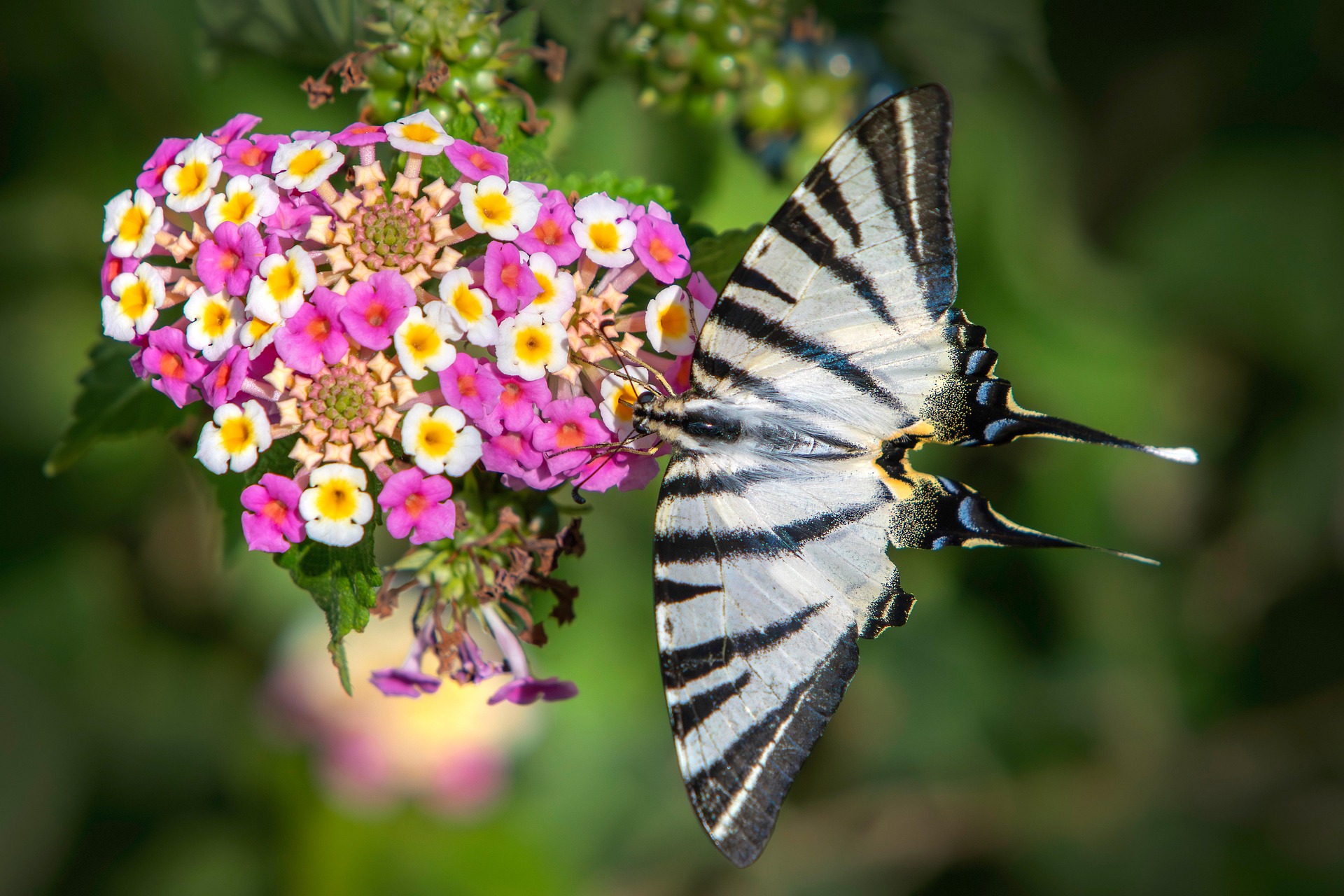

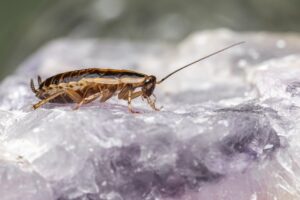
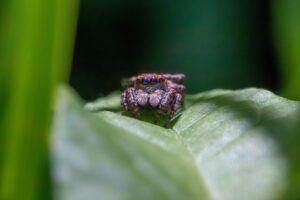
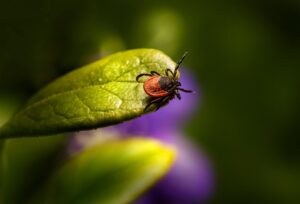
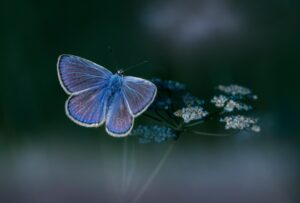
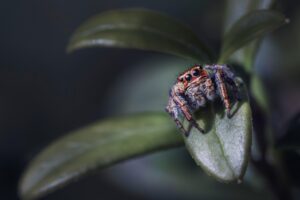
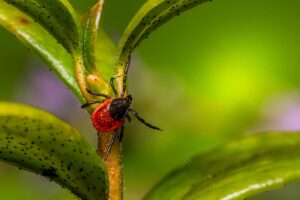
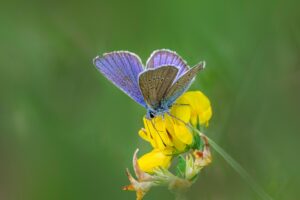
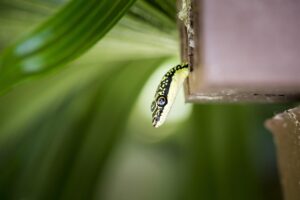
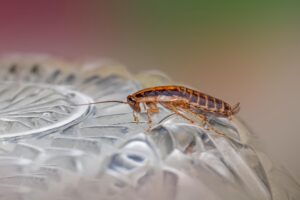
Post Comment